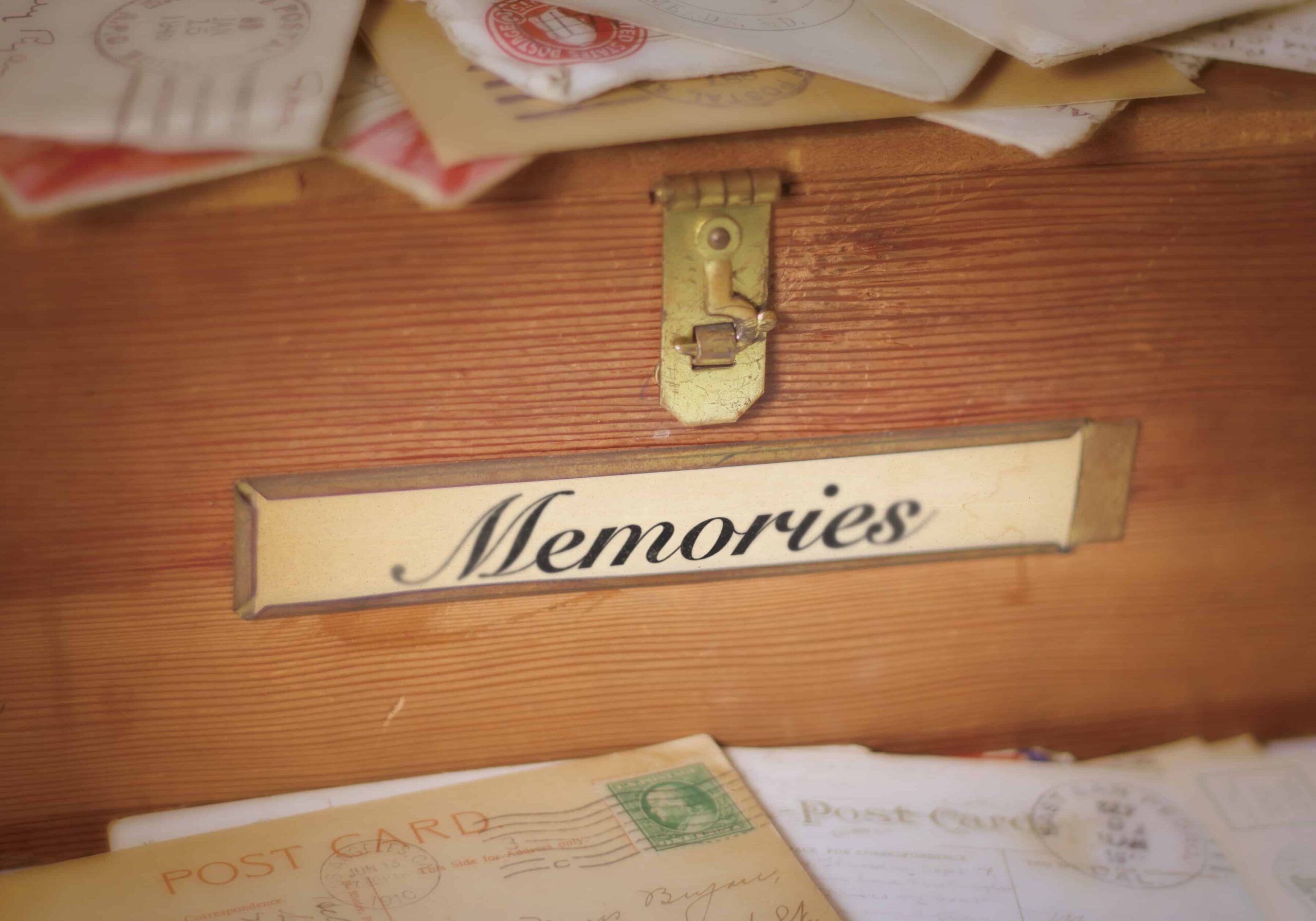This month’s blog post is guest-written by In Order, Inc.’s organizing assistant, Hannah Shaber.
This past weekend, I read Margareta Magnusson’s short, anecdotal book The Gentle Art of Swedish Death Cleaning in two sittings. I love organizing, but I’m not a big reader, so this was note-worthy for me. “Death Cleaning” is the idea of downsizing your belongings, as you enter retirement, with the purpose of leaving as little of a burden as possible on one’s progeny.

I think the reason I was so fascinated by the concept of “death cleaning” was Magnusson’s jaded attitude towards the concept of death. While initially striking and a little morbid, it quickly turns refreshing and revitalizing. Throughout the book, she stresses that purging some of your belongings is not meant to be a sad activity, but rather can – and should – be a therapeutic and even enjoyable journey.
I learned firsthand about the parts of losing a loved one that are even uglier than the loss itself. As a sophomore in high school, I lost two grandparents and my father within the span of a year. I saw the way resentment and stress built up in my family as relatives fought over material items and dealt with the possessions my loved ones left behind. It saddened me to see how “cleaning up” after my family members passed took away from time that we could have spent properly grieving.
De-cluttering gives you some control over how your things are handled after your death. Through the process, you have the ability to decide what you leave behind for others. Because parts of the process require a great deal of thoughtfulness, it is impossible to reduce the number of all your belongings in one day. Magnusson suggests paring down over time and incorporating the process into your daily life.
Some Quick Tips
When it is time to downsize your home, Magnusson advises “start with the large items in your home, and finish with the small”:
- Large items include categories of items like clothing or furniture.
- Small items refer to photographs, books, or letters. These things often require much more reflection and it’s easy to get caught up in reminiscing.
Storage units/rooms are good places to start — oftentimes you can’t even remember what’s in there, and so can likely do without many of the items stored there.
Get a second opinion from someone you trust.
Sell, donate, throw out, or give away as much as possible.
- Keep inventory of the rest of your possessions (like a mini will) with instructions of what goes to whom, what gets donated and where, and what gets thrown out.
- Pare down excess or redundant items.
While paring down the volume of your belongings certainly takes on the approach of minimalism, it is quite different from the recently ubiquitous notion of only keeping items that “spark joy.” Magnusson is sometimes in favor of actually getting rid of those things, too. She frequently reminds the reader that what brings pleasure to you may in fact mean absolutely nothing to another person. When the goal is lessening the load for your loved ones, what your items mean to others is the crucial thing to keep in mind.
By the end of her process of downsizing, Magnusson was left with only a shoe box worth of sentimental items labeled with the future instruction: “throw away”. She realized these things are unlikely to interest anyone else, and her family can destroy them once she is gone (per her instructions) with a clean conscience.
Even though Magnusson’s version of “death cleaning” may seem meticulous, I understand why it brought her peace. To have a say over what will happen to belongings after they cease to be yours can ease the anxiety of growing old. Living smaller and going through things from your life is an opportunity “to find meaning and memory,” which she says is the most important aspect of the process.
If the concept of paring down and purging is overwhelming and you need help sorting through your possessions, feel free to contact us for help, guidance, and support.

